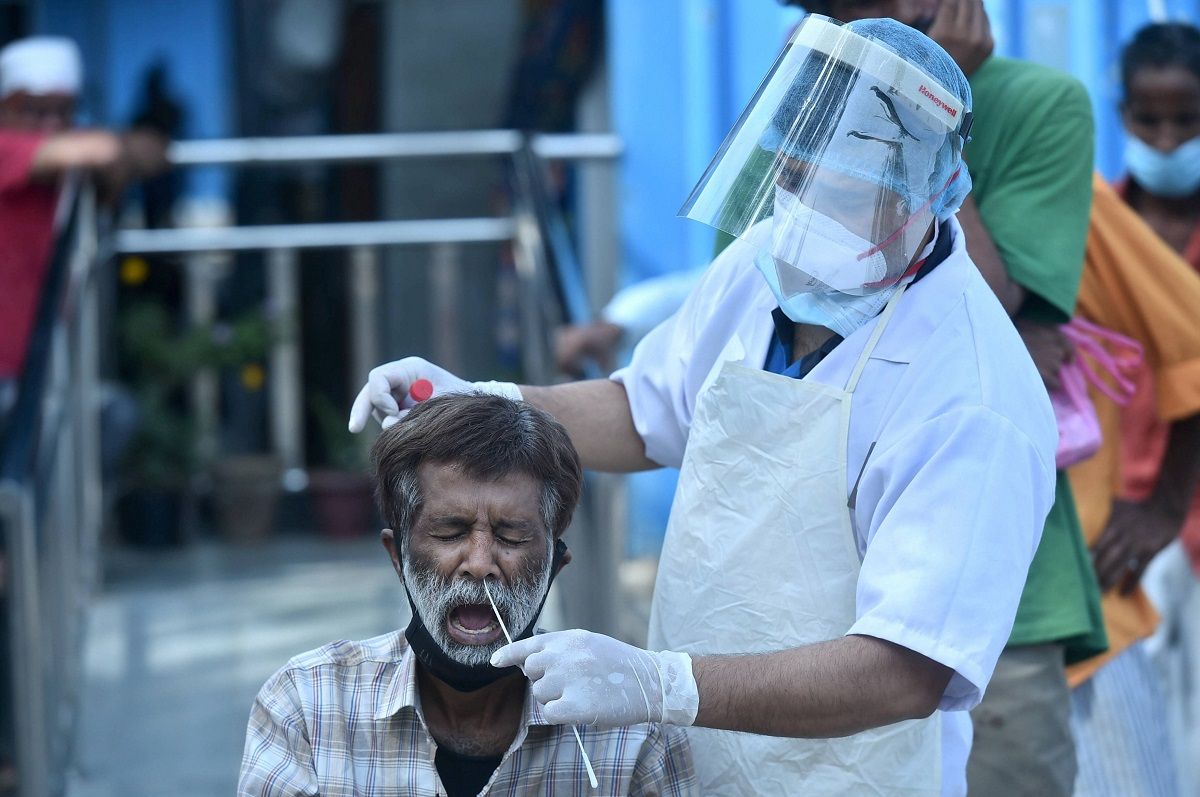New Delhi: Union Health Secretary Rajesh Bhushan on Saturday chaired a high-level meeting with 12 states and union territories, which have been reporting a sudden surge in COVID-19 cases. The 12 states and UTs include Maharashtra, Gujarat, Haryana, Tamil Nadu, Chhattisgarh, Madhya Pradesh, West Bengal, Delhi, Jammu and Kashmir, Karnataka, Punjab and Bihar.
A five-step strategy was introduced for adoption by the states and UTs for effective containment and management of the coronavirus pandemic, which includes exponential increase in testing, effective isolation and contact tracing, re-invigoration of public and private healthcare resources, ensuring of COVID-appropriate behaviour and targeted approach to vaccination in districts reporting large numbers.
Increased testing and vaccination, effective tracing, prompt isolation, efficient clinical treatment, and adherence to COVID Appropriate Behaviour pivot of Five-Fold containment Strategy: Ministry of Health
— ANI (@ANI) March 27, 2021
The states were told that the country has seen the sharpest rise in weekly COVID cases and fatalities since May 2020 (7.7% and 5.1% respectively). The focus was on 46 districts that have contributed 71% of the cases and 69% of deaths this month. Of the total 36 districts in Maharashtra, 25 are most affected that account for 59.8% of cases reported in the country during the past one week.
Here are the key points from the Health Secretary’s meeting with 12 states and UTs:
1. States were asked to focus on universalisation of vaccination in the specified priority population age groups as an aid to containment strategy in districts where maximum cases are being reported.
2. It was reiterated that there is no shortage of vaccines. States must optimally utilise all vaccination capacities within the public and private sectors in all districts, and make full use of the available vaccine stocks without keeping a buffer stock in anticipation of a shortage.
3. The four depots at Chennai, Mumbai, Kolkata and Karnal have the requisite buffer stocks and all requirements of states, based on their daily consumption and available stocks, are being met.
4. States were also asked to make advance planning of logistics and infrastructure management for 1-1.5 months as any unchecked spread of infection among the community may overwhelm the local administration.
5. Re-appropriation of unused vaccine stocks in a district to focus on the high burden districts was also suggested.
(With inputs from agencies)
